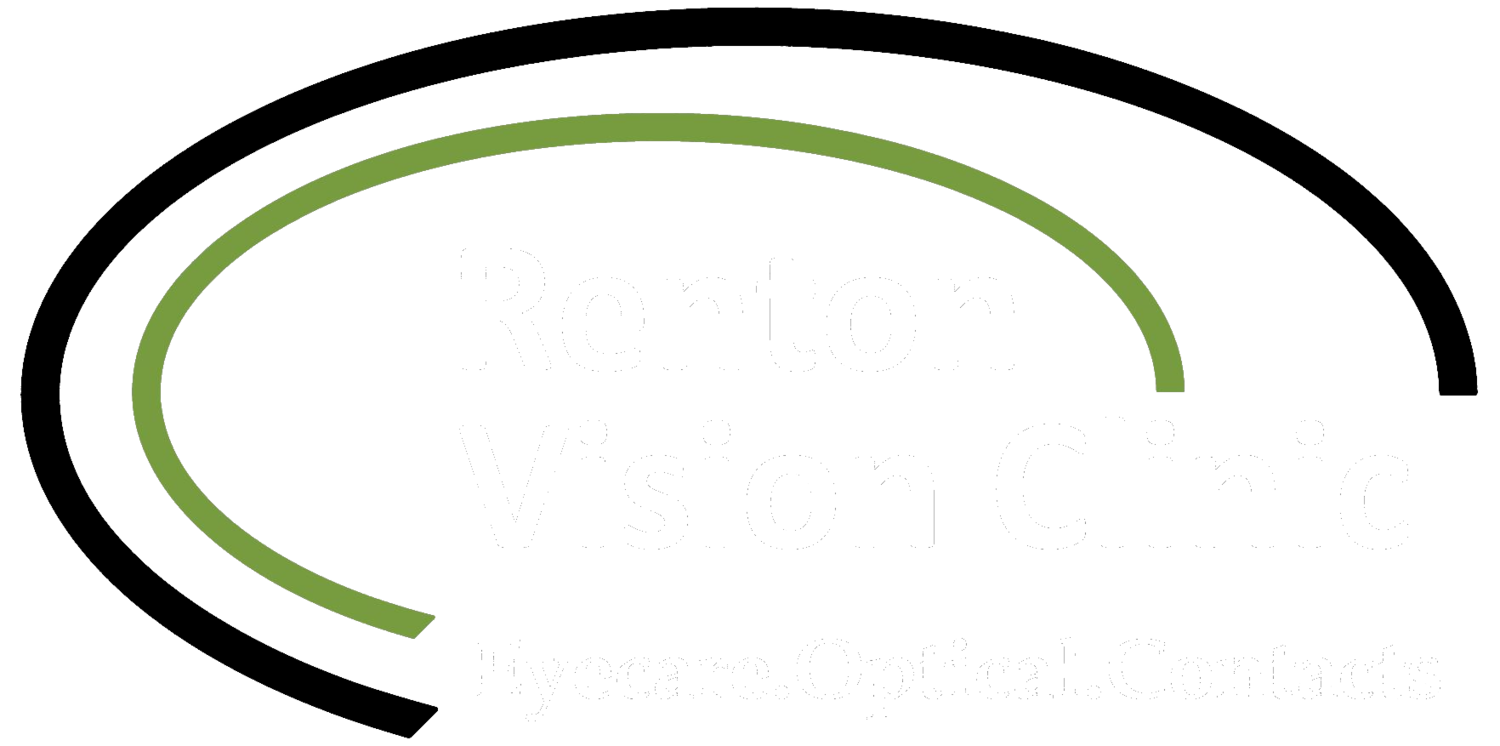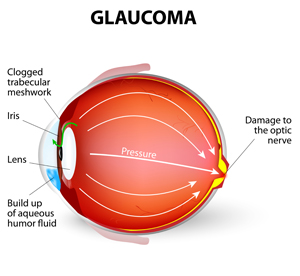We provide diagnosis, treatment and management of many diseases which affect the human eye and visual system.
Some examples include:
Glaucoma is a condition that causes damage to your eye's optic nerve and gets worse over time. It's often associated with a buildup of pressure inside the eye. Glaucoma tends to be inherited and may not show up until later in life.
The increased pressure, called intraocular pressure, can damage the optic nerve, which transmits images to the brain. If damage to the optic nerve from high eye pressure continues, glaucoma will cause permanent loss of vision. Without treatment, glaucoma can cause total permanent blindness within a few years.
Because most people with glaucoma have no early symptoms or pain from this increased pressure, it is important to see your eye doctor regularly so that glaucoma can be diagnosed and treated before long-term visual loss occurs.
Keratoconus is a disorder that occurs when the cornea, which is typically rounded, becomes cone-shaped. The progression is usually slow and can stop at any stage from mild to severe. This distortion increases as the cornea bulges and thins. The apex of the cornea often scars, reducing the vision. Treatment of Keratoconus is most effective with gas permeable contact lenses, designed specifically for the irregular corneal surface. If contact lens treatment is not successful, surgical corneal transplant may be necessary.
Diabetic Retinopathy is a condition when a diabetic person's blood sugar gets too high. High blood sugar levels start a series of events which end in damaged blood vessel walls. As such, the blood vessels begin to leak fluid or bleed, causing the retina to swell and form deposits known as exudates. Vision can be lost if these spots are not monitored and treated. At our office, we carefully examine the back of your eyes to follow and manage this and other important eye diseases.
Cataract is a clouding or opacity of the natural internal lens of the eye. This opacity may be a small spot or may cover the entire lens. When light enters the eye it is scattered, causing images to appear hazy and blurred. there are many different types of cataracts. the one shown here is a cortical cataract. Here the opacity forms first is the periphery of the lens and develops inward, like spokes of a wheel. ultimately, the best treatment is to remove the cataract lens and replace it with an acrylic man made lens. this is referred to as cataract surgery.
Macular Degeneration is a condition in which the central part of the back of the eye loses blood circulation. It is considered a natural aging process. There is a breakdown of retinal pigment epithelium cells in the macular regioin. As the disease progresses, central vision diminishes. It is believed that this breakdown may be due to a lack of nutrients being supplied to the region. Additional studies have found a genetic link to this disease. Treatment can range from better nutritional management, sometimes to include a tablet containing the primary minerals and vitamins that are found lacking in many macular degenerated patients.





